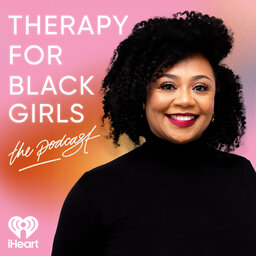TBG Library: The Luminous Self
We’re back this week to provide you with another page-turning addition to your bookshelf. Grab your reading glasses, find somewhere cozy, and get into this week’s TBG library pick, The Luminous Self, by Tracee Stanley.
Tracee Stanley is a post-lineage teacher and founder of Empowered Life Circle, a sacred community and portal of practices, rituals, and Tantric teachings. In The Luminous Self, Tracee provides a guide to self-remembrance with practices, meditations, and self-inquiry questions inspired by yoga and Tantra to help you connect with your inner wisdom, remember your wholeness, and live with clarity and compassion. Tracee joins us today to share what it means to show up as your luminous self, the importance of rest, and why our self-care practices should evolve with the ebbs and flows of our lives.
Resources & Announcements
Visit our Amazon Store for all the books mentioned on the podcast.
Grab your copy of Sisterhood Heals.
Where to Find Tracee
Grab your copy of The Luminous Self
Stay Connected
Is there a topic you'd like covered on the podcast? Submit it at therapyforblackgirls.com/mailbox.
If you're looking for a therapist in your area, check out the directory at https://www.therapyforblackgirls.com/directory.
Take the info from the podcast to the next level by joining us in the Therapy for Black Girls Sister Circle community.therapyforblackgirls.com
Grab your copy of our guided affirmation and other TBG Merch at therapyforblackgirls.com/shop.
The hashtag for the podcast is #TBGinSession.
Make sure to follow us on social media:
Twitter: @therapy4bgirls
Instagram: @therapyforblackgirls
Facebook: @therapyforblackgirls
Our Production Team
Executive Producers: Dennison Bradford & Maya Cole Howard
Producers: Fredia Lucas & Ellice Ellis
Production Intern: Zariah Taylor
 Therapy for Black Girls
Therapy for Black Girls


